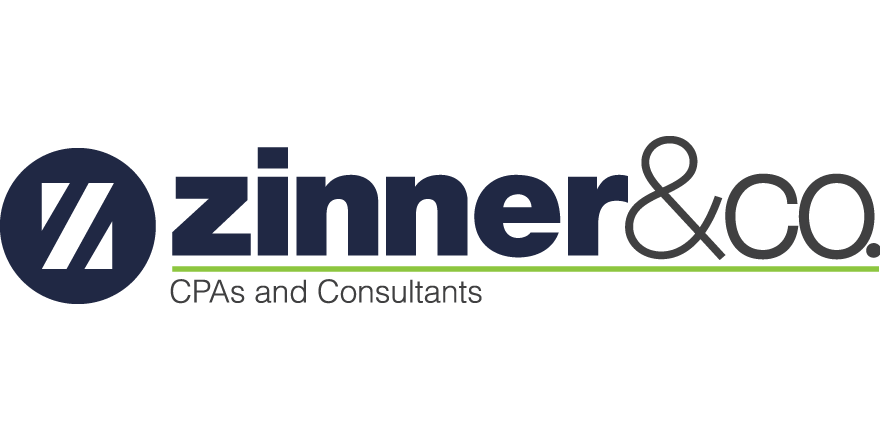Over the past few weeks, some of our local commercial lenders have slowly begun to open their online portals to allow those businesses who received Paycheck Protection Program (PPP) Loans to file their applications to obtain forgiveness of the debt related to qualified expenses.
While the loan application process was a heated fury of business owners rushing to obtain the much needed funds so that they could continue to employ and pay their employees, retain health insurance coverage and pay their rent, the loan forgiveness process seems to be occurring at much less of an accelerated rate. Although credit should go to the Small Business Administration for issuing some guidance to the lenders who have extended these loans, not all the related questions have been answered.
Currently, there are discussions taking place in Congress to simplify the forgiveness application process for those businesses who received less than $150,000 in PPP loan proceeds. The guidance many professionals are giving their clients is to hold off on assembling the supporting information currently required to file a forgiveness application, as it may not be needed in the final application process. These recommendations would allow small loan recipients to merely file an affidavit stating the PPP loan proceeds they received were utilized to pay allowable payroll, employee benefit costs and rent or mortgage payments, thereby making it a true grant program for these loan recipients.
Questions also have arisen regarding how businesses should report the PPP loan amounts in their interim financial statements.
Under the notion that business owners have not yet received a legal lien release for their PPP loans, an argument can be made that the loans should be carried as a liability on the loan recipient’s balance sheet. This methodology is further supported by the fact that even though the loan may be forgiven, the loan recipient may not receive this release for a period of up to four months from the date their loan forgiveness application is filed.
On the other hand, if you look at Congress’s intention in the development of the Paycheck Protection Program, it truly was intended to be a “grant” program as long as loan recipients fully utilized funds for qualified expenses. Therefore, if a loan recipient has fully expended their PPP funds on qualified expenses and expects full forgiveness, the argument can be made that the loan should be reclassified as other income in the year the funds were expended and no longer be reflected as a debt on the business’s balance sheet.
Add to the financial reporting questions, the issue surrounding the Internal Revenue Service. While the IRS has has agreed that loan proceeds are not considered taxable income, they have not yet reversed their position that payment of the qualified expenses will not be tax deductible. This twist is not what Congress intended, but it is what we are left to interpret as we enter the 2020 tax-planning season!
While the receipt of PPP loan proceeds were a genuine lifeline for many small businesses during the early months of the pandemic quarantine, the actual “cost” of receipt of these funds is still not fully determinable. So, for the time being we wait. We wait for more guidance and hope Congress is able to act prior to the Presidential Election, thereby giving business owners greater understanding and the time needed to act in their own best interest in the loan forgiveness process and in addressing its related financial reporting and tax planning issues.





